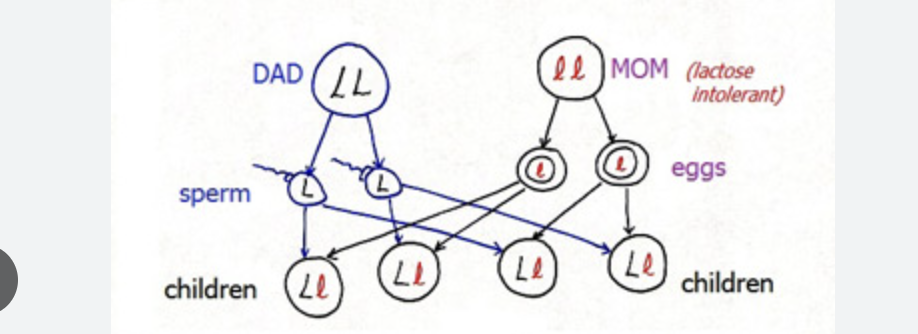Genotyping Simplified
DNA testing kits have been available for a number of years now at affordable prices. Ancestry, 23andMe and MyHeritage are popular choices.
More recently DNA testing kits which analyse health predispositions and traits have become available.
This article explains the basics of Genotyping and its uses.
The science does also court controversial views and resistance from some quarters.
Genotyping is a process used to determine an individual’s genetic makeup by analysing their DNA. In simpler terms, it helps scientists figure out what genes a person has and how they might vary from others. Genes are sections of DNA that carry the instructions for building and maintaining an organism, and they come in pairs, one from each parent.
Every person has a unique combination of these genes, and some parts of their DNA may vary from others. These variations, called genetic variations or alleles, can influence everything from appearance to health. Genotyping helps identify these variations by looking at specific points in a person’s DNA.
Here's a step-by-step breakdown of how genotyping works:
- DNA Collection: The first step is to collect a sample of DNA. This is typically done by taking a swab from inside the cheek or drawing a small amount of blood. In some cases, other body fluids, like saliva, can also be used.
- DNA Extraction: Once the sample is collected, the DNA is extracted from the cells. This is done using a special chemical process that breaks open the cells and releases the DNA.
- DNA Amplification: Since DNA is usually present in very small amounts in the sample, it needs to be amplified (or copied many times) to make it easier to analyze. This is often done using a process called polymerase chain reaction (PCR), which creates millions of copies of a specific part of the DNA.
- Analysis of Specific Genetic Markers: Genotyping doesn’t look at all of a person’s DNA. Instead, it focuses on specific locations known as genetic markers. These markers are spots in the DNA that are known to vary between individuals. By analyzing these markers, scientists can identify which versions of the gene a person has.
- Comparison with Reference Data: The genotyped data is then compared with a reference database or a known genetic map. This comparison helps researchers or doctors identify any genetic variations in the person’s DNA, such as mutations or common traits (like eye color or blood type). It can also provide information about a person’s risk for certain diseases, such as diabetes or heart disease.
Why is Genotyping Important?
Genotyping has several important uses:
- Personalized Medicine: It helps doctors understand how a person’s genes might affect their health or response to treatments. For example, some people have genes that make them more likely to respond well to certain drugs, while others may experience side effects.
- Genetic Disorders: It can be used to diagnose genetic conditions, especially in newborns or during pregnancy. Genotyping can identify whether someone carries genes for diseases like cystic fibrosis or sickle cell anemia, which they could pass on to their children.
- Ancestry and Traits: People can use genotyping to learn about their ancestry or find out more about traits like hair color, height, or whether they are more likely to have certain conditions based on their genes.
- Forensic Science: In criminal investigations, genotyping can be used to match DNA found at a crime scene with a suspect, helping to confirm or exclude individuals as the source of the DNA.
Overall, genotyping is a powerful tool for understanding the genetic factors that make each person unique and how those genes might affect their health and traits. By analysing genetic variations, we can make more informed decisions about health care, treatments, and even family planning.

Leave a Comment
I hope you enjoyed this post. If you would like to, please leave a comment below.